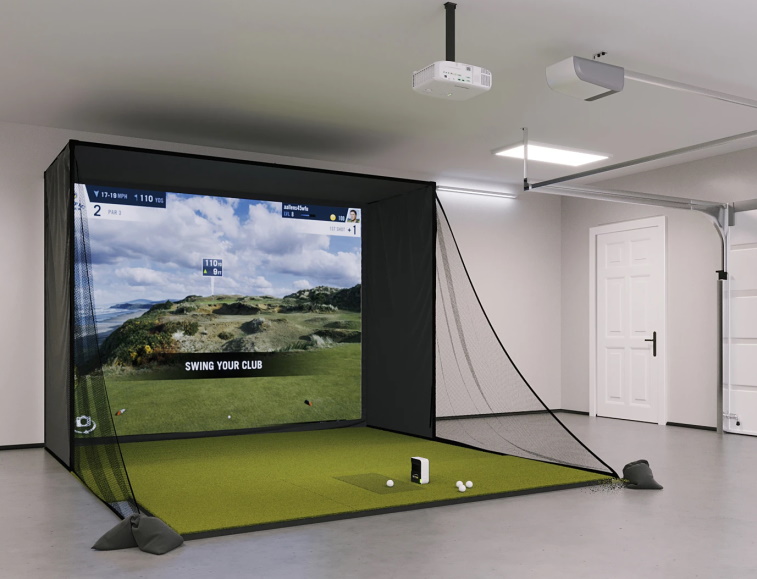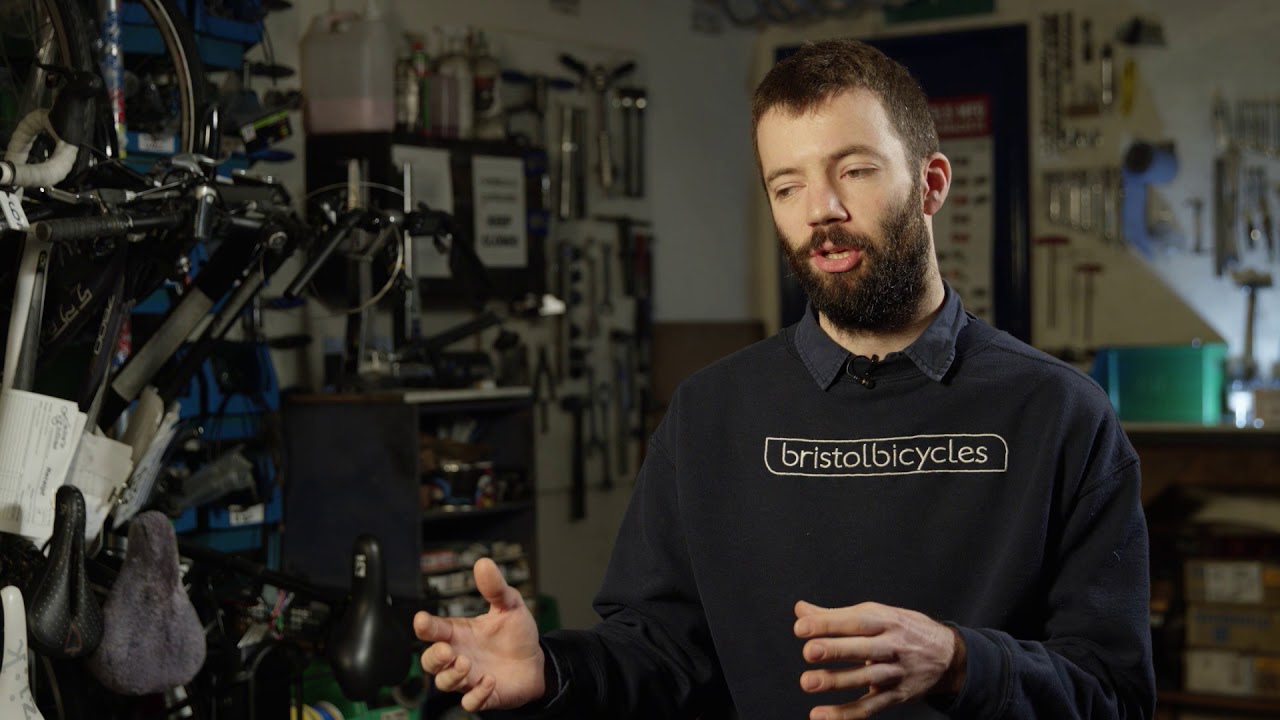Golf simulator software and launch monitors keep advancing to new heights, bringing jaw-dropping realism into indoor virtual golf. Surrounding screens and sensors with basic open spaces fail to unlock a simulator’s maximum potential for performance and enjoyment. Constructing custom enclosures around hitting bays completes the illusion while optimizing unique benefits. Enclosures specifically designed for housing golf simulators transform sterile rooms into transportive sanctuaries. Every structural element from durable hitting turf to artwork to ambient lighting enhances sensory engagement critical for competence development. Dialling in proper sizing also improves shot containment while allowing specialized rehearsal.
Construct immersive golf havens
Even the most advanced golf simulator enclosures projection completely overrides the surroundings. Plain empty spaces encasing systems look blatantly artificial. Enclosures fix this by fashioning realistic bay environments using printed graphics, faux grass, and themed accents. Suddenly you’re transported onto legendary courses the moment you enter. Cover walls using images of weathered planks or stonework to mimic the course aesthetically. Drape netting across the ceiling for that outdoor driving range feel while absorbing hooks and slices. Edge front impact screens with logs, railroad ties, or rock beds to increase naturalistic depth. Use exterior views of signature holes as artwork. Display club plaques and trophies along the back wall to replicate pro shop vibes. Ambient sounds add further atmosphere, from birds chirping and range chatter to the driving range pylon impact clang. Bring the setting to life using sensory touches so golfers feel completely immersed.
Get structural dimensions dialled
Gauging proper enclosure dimensions proves vital for containment, realism, and specialized rehearsal. Overly spacious builds allow uncontrolled drives that destroy drywall or reduce simulator accuracy. Excess height permits missed shots to fly over screens. Leave a minimum of 8 feet behind and 5 feet overhead for swing clearance but not excessive room to fly offline. Conversely, cramped enclosures prevent full follow-throughs or force golfers up against side walls. Base initial builds on optimal swing arcs before fine-tuning over time. Move impact screens, mats, or interior netting to contain without inhibiting movement. Side barriers also prevent outside distractions from infringing on focus.
Think versatility
While complete free-standing buildings work for facilities, residential simulator buildings often integrate within garages, basements, or spare rooms. Construct three solid walls then utilize the existing fourth wall for screen placement and access. This allows resizing down the road. Modular enclosure components also make renovations simple. Replace dividing walls to create multiple bay suites for group sessions. Swap standard mats with specialized swing plane guides or adjustable lies used just for lessons. Enhance immersion through incremental additions over time for continually improving spaces.
Maximize year-round use
Enclosures transform simulators from nice weather luxuries into essential entertainment hubs ready 365 days a year. Keep swinging while blizzards rage outside! Crank the heat for winter hours; add portable air conditioners as needed come summer. Soundproof walls block exterior lawn mower disturbances so the links wait always. Low ceiling builds also maintain comfortable climates using less energy than giant hangars. Keep both heating bills and shot dispersion tight! Having reliable escape holes no longer dictated by the seasons proves invaluable.






